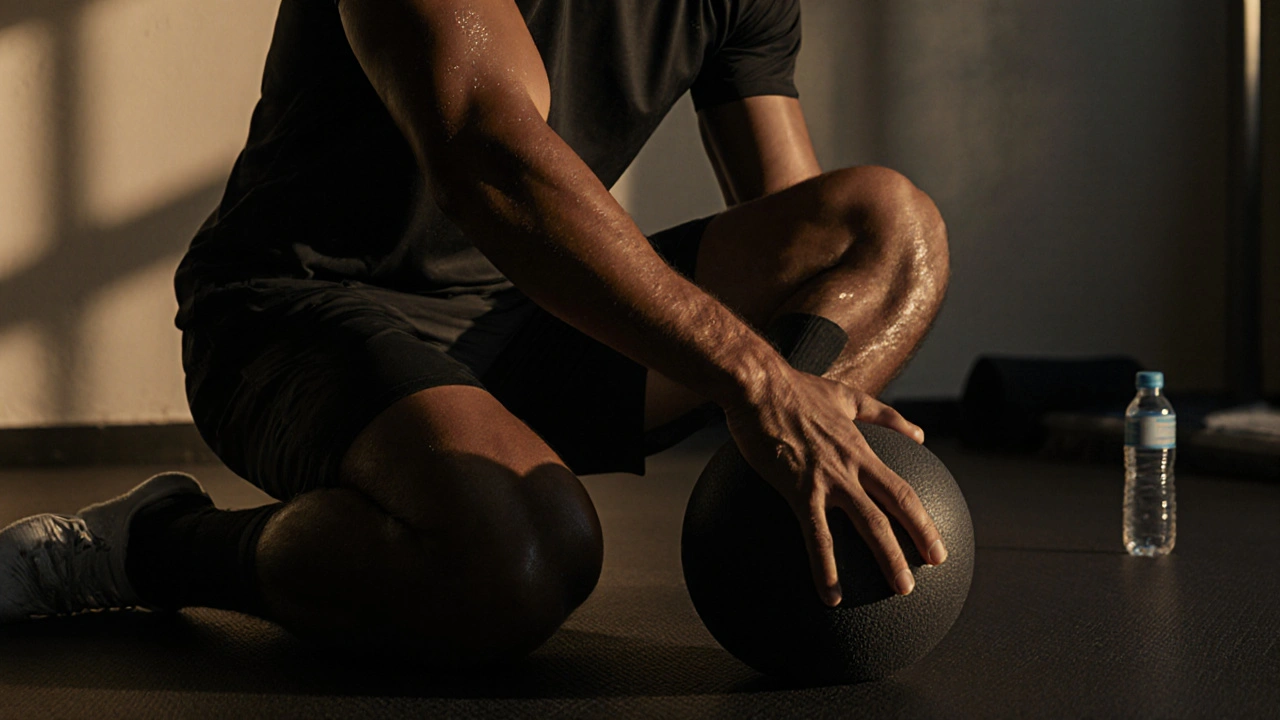Myofascial Release Therapy: What It Is and Why It Works
Feeling stiff or dealing with nagging pain that just won't quit? Your fascia—the connective tissue wrapping around muscles and organs—might be the culprit. Myofascial release therapy focuses on loosening this tight tissue to relieve discomfort and boost your body's natural movement. It’s a hands-on technique that feels different from a typical massage but can make a big difference.
This therapy works by applying gentle pressure and stretching to the fascia to break up knots and adhesions. When fascia sticks or tightens, it restricts your range of motion and can cause pain that spreads beyond the affected spot. By releasing these tight areas, your body moves more freely and feels more relaxed.
How to Recognize If You Need Myofascial Release
Do you experience muscle tightness that won’t go away, even after stretching or regular massage? Or maybe you have chronic pain in spots that are hard to pinpoint, like your lower back or shoulders? These are signs your fascia might be stuck. People often notice a tingling or numbing feeling when pressure is applied, which is actually the therapy working its way through the tissue.
Myofascial release isn’t just for pain relief—it's great if you want to improve posture, recover faster from workouts, or just feel less tense after long periods of sitting. If you’re an athlete or spend hours at a desk, this therapy can help you avoid injuries linked to tight muscles and poor movement patterns.
Trying Myofascial Release Yourself or With a Pro
If you're curious about trying this out, you can start with simple self-massage tools like foam rollers or balls that target trigger points. Rolling slowly over tight spots can help ease tension, but don’t rush—go gentle and listen to your body.
For deeper work, visiting a certified therapist is a good move. Professionals can detect the exact spots where fascia is restricted and use slow, sustained pressure to safely release it. Sessions usually last 30 to 60 minutes, and some soreness afterward is normal as your body adjusts. The key is consistency—regular sessions and self-care stretches will boost the results.
Myofascial release therapy might sound a bit different from a regular rub-down, but many find it a game-changer for persistent aches and better flexibility. So why not give it a shot and see how freeing up your fascia can change the way you feel every day?
Athletes are increasingly using myofascial release therapy to improve mobility, speed up recovery, and prevent injuries. Learn how this simple technique works, why it’s more effective than stretching or ice baths, and how to start using it today.
Myofascial Release Therapy is emerging as a promising approach in the field of pain management. With its focus on releasing tension and promoting overall well-being, it offers a natural alternative to conventional pain relief methods. This therapy addresses the root causes of pain by targeting fascia, the connective tissues enveloping muscles and organs. Learn about its techniques, benefits, and how it could be the key to a pain-free life.
In my latest blog post, I dive deep into the world of Myofascial Release Therapy. This therapy is a hands-on technique that focuses on relieving tension in the fascia - the connective tissue that surrounds and supports our muscles. I discuss how this therapy can alleviate chronic pain and improve flexibility and movement. In addition, I share some insider tips on how to find a qualified therapist and what to expect during a session. It's a must-read for anyone seeking a non-invasive approach to pain management.




 Health and Wellness
Health and Wellness